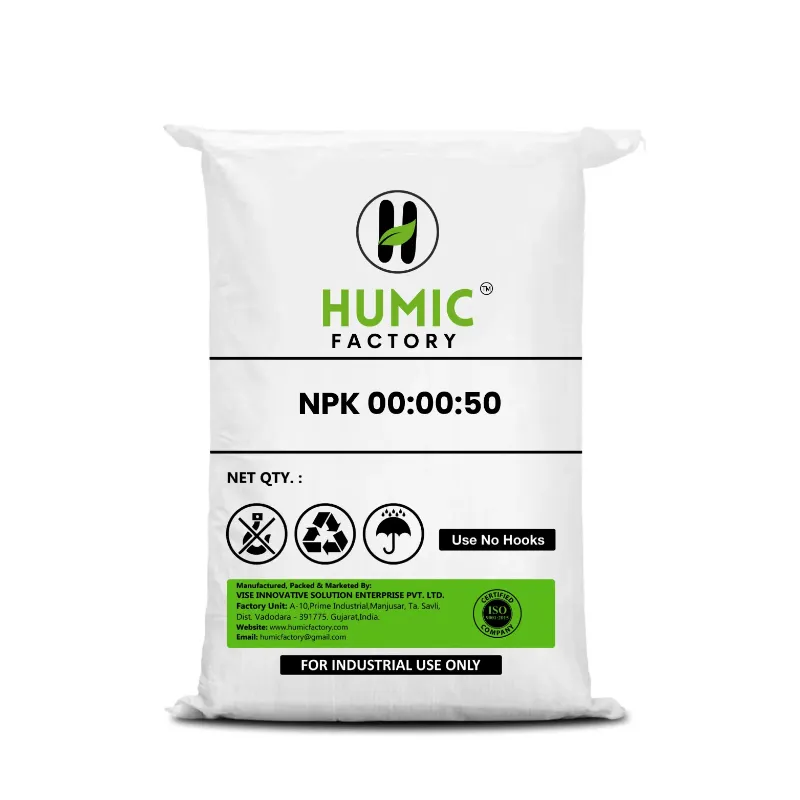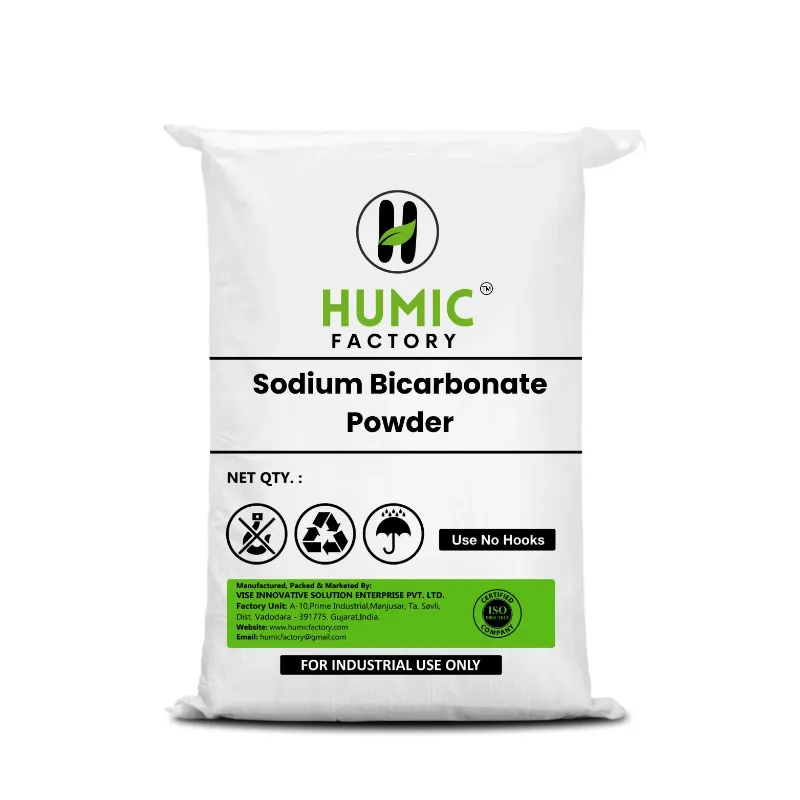Humic acid is a naturally occurring but powerful substance that benefits soil health and supports healthy plant growth. Formed from the decomposition of plant and animal materials over eons, it builds soil from the ground up, improving soil structure and fertility.
Humic acid is gaining traction among farmers and gardeners looking for alternatives to produce crops growing naturally, while emulating mother nature and improving soil health for the long term.
Florida Humic Acid Benefits on Plants
The benefits of humic acid in plants begins in the roots, by improving soil structure increasing the amount of air and water in the soil supports deeper and stronger root growth.
- Nutrients are more readily absorbed by roots.
- Plants develop stronger stems and healthy leaves.
- Crops are more tolerant to drought, disease, and stress.
Introduction – Understanding the Role of Humic Acid in Plants and Soil
Humic acid is a natural substance that is found in healthy soils. Humic acid is formed when nature takes its course and plants and animals decompose over periods of time, creating rich organic materials. Humic acid is becoming an important feature in today's world as it helps soil and plants naturally grow better.
When farmers and gardeners utilize humic acid they are developing soil life, better plant health, and less need for chemical fertilizers. The humic acid role in plants and soil is critical to modern farming sustainability.
What Is Humic Acid and Where Does It Come From?
The humic acid role in plants begins with how it is formed. Humic acid is formed from a process called humification where plant and animal material decays very slowly in soil over hundreds or thousands of years.
- Humic acid is found mostly in rich soils, compost, peat and a few minerals such as leonardite.
- This slow decay creates humic substances containing product forms which include humic acid, fulvic acid and humin.
- These humic substances are full of nutrients and assist in forming soil structure.
This is where the humic acid role in plant growth begins- providing the natural nutrients that plants need to grow.
Why the Role of Humic Acid in Plants Is Gaining Attention
Farmers, gardeners, and scientists are increasingly aware of the importance of humic acid in plants because it provides many natural benefits:
- It helps plants absorb nutrients more effectively.
- It aids root development, allowing plants to grow stronger and healthier.
- It retains water in the soil, which means fewer watering sessions.
- It creates long-term soil fertility.
Farmers benefit from humic acid’s role in plant growth even more because they can grow crops with much less chemicals and ultimately improve soil health.
Overview of Humic Acid’s Benefits for Modern Agriculture
In today's agricultural practices, the role of humic acid goes beyond only maintaining plant growth.
- It increases crop yields while using fewer chemical fertilizers.
- It improves soil health allowing farmers to raise crops for seasons on end.
- It protects our environment by reducing nutrient runoff as well as increasing water retention.
The continuing awareness of humic acid's role in plant growth is enhancing farmers around the world move towards more sustainable and eco-friendly farming practices.
Humic Acid Role in Plant Growth and Yield Improvement
The humic acid role in agriculture goes much deeper than just feeding the plant. Humic acid works at every point of plant development so that the crops you grow are healthier, stronger, and more productive. The humic acid role in plants begins with root development, nutritional uptake, and stress relief.
Let's consider how humic acid role in plant growth can enhance crop yield.
Stimulating Early Root Development and Structure
Strong plants start with strong roots. And this is where the role of humic acid in plants begins:
- Humic acid stimulates root development at the early stages of plant growth.
- Humic acid allows the roots to grow longer and branch more, which enables the plant to access more nutrients and water than it could without humic acid.
- When roots grow deeper into the soil it makes the plant stronger in stressful drying conditions.
Because of the humic acid role in plant growth young seedlings establish quickly and grow into healthy, productive plants.
Enhancing Nutrient Uptake and Photosynthesis
As humic acid helps plants take up nutrients better, the value added by humic acids use is predicated on the nutrients
- being taken up, so this is not an insignificant byproduct.
- One of humic acid’s major roles is to improve plant nutrient uptake:
- Humic acid attaches itself to nutrients, nitrogen, phosphorus, and potassium, and allowing plant tissue to absorb the nutrient easily.
- The plants are then able to take in the food they need without wasting fertilizer.
- As plants take up more nutrients they have to produce more chlorophyll.
- More chlorophyll means more photosynthesis.
- More photosynthesis is more energy for growth, flowering, and fruiting.
With better and more efficient nutrient uptake, in the initial stages of growth, humic acid helps us make certain that all the nutrients in the soil get used, efficiently, to produce better crops with less nutrient input and ultimately, monetary cost.
Boosting Plant Immunity and Stress Resistance
In addition to enhancing the nutrient uptake of plants, the role of humic acids in plants also includes helping protect them against common stresses:
- In general, humic acids treated plants handle drought, salinity, and even extreme temperature variability better than untreated plants.
- Humic acids also support the cell building blocks that make up plant cells, making them better able to resist more diseases.
- General health, which includes strength, transplants shock becomes less severe and recovery from environmental stress, faster.
Thus, that means an expanded role for humic acids role in enhancing plant growth means better, stronger, and more robust plants capable to out produce plants even in less than perfect conditions.
The Role of Humic Acid in Soil Fertility and Ecosystem Balance
Humic acid doesn't just play a part in protecting plant growth — it actually begins with improving soil. The healthy soil is the beginning of a successful growing season, and humic acid's role in plant growth is predicated on having rich, fertile, life-filled soil. Humic acid improves soil structure, nurtures beneficial microbes, and protects soil from erosion, creating a well-balanced ecosystem for plants.
Improving Soil Texture and Organic Matter Content
Certainly one of the ways humic acid function in plants is through better soil structure:
- Humic acid adds organic matter back to soils making it richer and darker.
- It loosens heavy clay based soils allowing more air flow for roots.
- In sandy soils, it helps hold moisture and nutrients from washing away.
The chart below shows how humic acid improves different soil types:
Encouraging Beneficial Microbial Activity in the Rhizosphere
The importance of humic acid in the role of plants also includes helping create life in the soil.
The rhizosphere, or the area around plant roots is a home to countless beneficial bacteria and fungi.
- Humic acid supports and feeds these microbes encouraging them to thrive and multiply.
- These microbes decompose nutrients and feed them directly to plant roots.
- A strong microbial community also works to protect plants from harmful pathogens.
This aspect of humic acid's role in plant growth helps to create a living, active soil that promotes healthier plants naturally.
Reducing Soil Erosion and Enhancing Water Retention
Lastly, another key function of humic acid is the protection of the soil itself: Humic acid helps to bind soil particles together, allowing the soil to become more stable. Relevant to the above discussion of erosion, stable soil is more resistant to wind and/or water erosion, thus securing the soil's top layer (the most fertile) for continued crop production. Further, stable soil has increased water retention, keeping moisture available to plants longer in periods of drought. Humic acid's long-term role in the soil and plants supports agricultural productivity so that farmers can grow healthy crops throughout all years and preserves their most important asset, the soil.
Humic Acid Role in Plants Across Different Growth Stages
Humic acid's role doesn't stop once the planting process is done and it can support plants at all stages of growth, from seed to harvest. Understanding how the humic acid role in plant growth changes through a plant's lifecycle will help farmers and gardeners apply humic acid when it is most impactful.
Seed Germination and Seedling Vigor Support
At the earliest phase in the seed's lifecycle, the role of humic acid in plants has begun even before roots are fully formed:
- Humic acid promotes seed germination rates to enable more seeds to sprout successfully.
- It stimulates initial root system development for seedlings and starts seedlings off strong in their life cycle.
- Seedlings are better at growing faster and stronger to handle environmental stress better.
With humic acid young plants have a much larger root system within a short time frame to prepare them for future growth.
Mid-Growth Enhancement Through Foliar or Soil Application
Humic acid's importance for plant growth is crucial at active growth cycles:
- Humic acid can be applied directly to the soil or sprayed on leaves (foliar application) for instant absorption.
- Food produced in plants is through absorption of nitrogen, phosphorus, and potassium and humic acid helps take more of these elements up by the plants.
- Plants also produce heavier stems, broader leaves, and more chlorophyll, therefore faster growth and energy production!
The table below shows how humic acid supports plants at different stages:
Supporting Flowering, Fruiting, and Post-Harvest Recovery
At the end of the crop cycle the role of humic acid is vital in the area of production:
- Humic acid increases the number of flowers and fruit, which increases yield.
- It enhances the size, colour and quality of fruit, providing micronutrient protection during flowering.
- After harvest, humic acid aids in rebuilding the health of the soil, so when required for the next planting in the next season.
Humic acid continues to play a massive role in the growth of the plant and supports not just one harvest. It works along to ensure the ongoing fertility of the soil as well as the forever success of the farm.
Sustainable Farming and the Role of Humic Acid in Plants
As farming today moves into a more sustainable space, the role of humic acid is more important than ever before. Humic acid provides farmers with the option to reduce their chemical inputs, provide an improving impact on the environment, and remaining a part of the soil long term. The role of humic acid in plant growth ideally fits aligned with sustainable models and regenerative farming.
Reducing Chemical Input Needs and Fertilizer Dependency
One major role of humic acid in plants is its ability to make better use of fertilizers:
- Humic acid helps plants absorb more nutrients from the fertilizers that are already applied.
- It binds to nutrients, preventing them from washing away or getting locked in the soil.
- As a result, farmers can use less chemical fertilizer while still getting strong, healthy crops.
Key benefits:
- Lower fertilizer costs
- Less pollution from runoff
- More efficient use of applied nutrients
By improving nutrient efficiency, the humic acid role in plant growth supports both higher yields and environmental protection.
Compatibility with Organic and Regenerative Farming Models
The role of humic acid fits naturally into organic and regenerative farming systems:
- Humic acid is derived from natural sources like leonardite and composted organic matter.
- It is approved for use in certified organic farming in many countries.
- In regenerative farming, humic acid helps rebuild and strengthen damaged soils.
Here’s a simple comparison table:
Long-Term Soil Health with Natural Humic Compounds
Perhaps the most valuable role of humic acid in plants is its long-term impact on soil:
- Humic acid improves soil structure, making it healthier year after year.
- It increases organic matter content, which is key to healthy, living soils.
- The improvements build up over time, allowing farmers to maintain strong yields season after season.
In sustainable farming, the humic acid role in plant growth helps ensure that the land stays productive for generations.
FAQs
Q1. What is the main role of humic acid in plant growth?
The role of humic acid in plant growth is to improve nutrient absorption, boost root development, and help plants grow stronger and healthier.
Q2. How does humic acid affect soil and plant development?
The role of humic acid improves soil structure, increases organic matter, and supports microbes, all of which help plants take up more nutrients and grow better.
Q3. At what stage should humic acid be applied to plants?
The humic acid role in plants begins at seed germination and continues through all stages, including root growth, flowering, and fruiting. It can be applied throughout the growing season.
Q4. Is humic acid safe for all types of plants?
Yes, the role of humic acid in plants is safe and beneficial for vegetables, grains, fruits, flowers, lawns, and trees.
Q5. How often should humic acid be applied to see results?
To support the humic acid role in plant growth, apply every 2 to 4 weeks during the growing season for best results, depending on soil type and crop needs.
Conclusion – The Role of Humic Acid Is Essential for Stronger Plants and Healthier Soil
The role of humic acid is not just another farming trend — it’s a natural solution that works directly with the soil and plants to create better, healthier, and more productive farms. As farmers seek ways to improve crop yields while protecting the environment, understanding the humic acid role in plants becomes even more valuable.
Humic Acid as a Natural Growth Enhancer for All Crops
The humic acid role in plant growth is proven across many types of crops:
- Vegetables: Better root growth and nutrient uptake.
- Grains: Stronger plants and higher yields.
- Fruits: Improved fruit size, taste, and quality.
- Lawns & Turf: Healthier grass, greener color, and better drought resistance.
- Flowers: Brighter blooms and longer-lasting flowers.
Summary Table:
A Core Strategy for Sustainable and Productive Farming
The role of humic acid in plants perfectly matches the goals of sustainable farming:
- Reduces fertilizer needs: Less chemical input while maintaining yields.
- Protects the environment: Lower runoff and better water use.
- Improves soil health: Builds organic matter and supports soil life.
By focusing on the humic acid role in plant growth, farmers can grow strong crops today while protecting their land for the future.
Start Integrating Humic Acid for Long-Term Agricultural Success
To fully benefit from the role of humic acid, farmers can easily add it into their regular soil management plan:
- Apply during planting, mid-growth, and pre-harvest stages.
- Use with both organic and conventional farming systems.
- Combine with compost, fertilizers, and biological products for maximum results.
When used regularly, the humic acid role in plants helps build strong, productive fields that stay fertile for many years to come.





